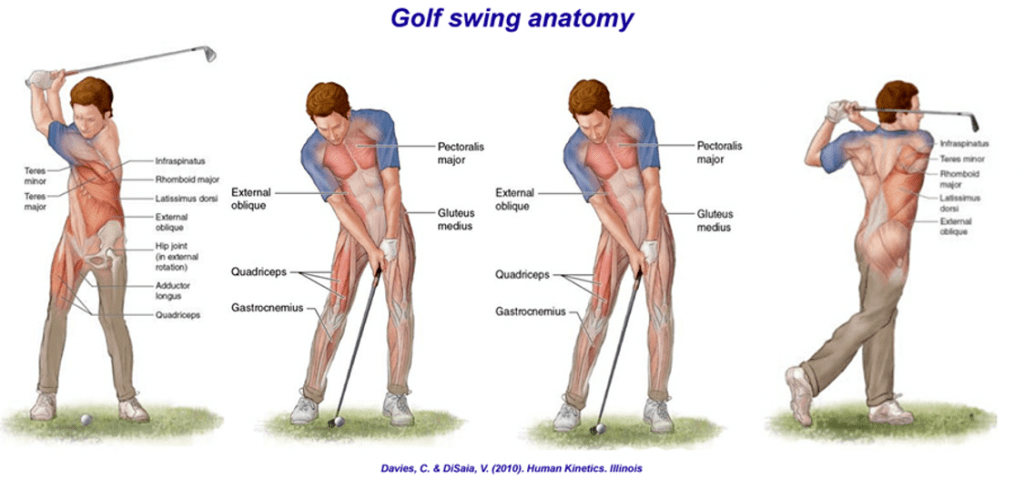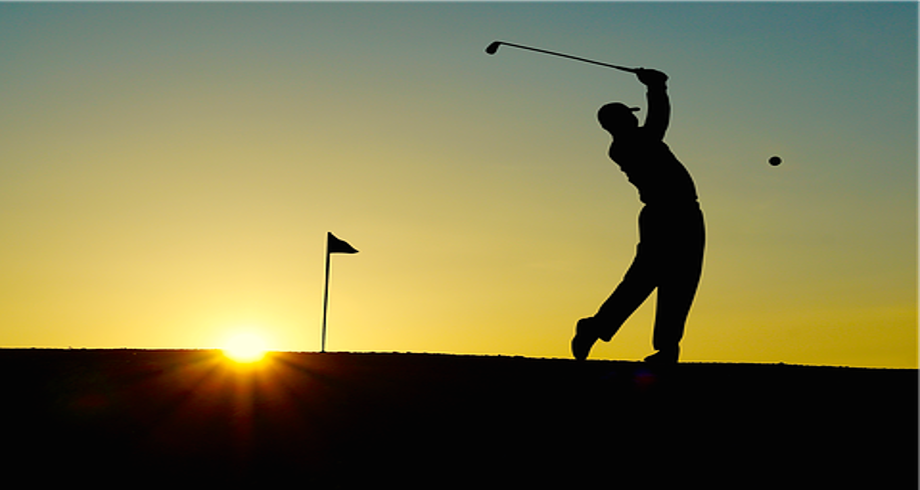Why do Golfers have Back Injuries?
Golf is an enjoyable game that challenges both the body and the mind. It’s a great game that can be played at all ages to keep you active. It involves the foundation of the body’s range of motion, the spine. Because golfing is usually hours spent playing in a bent-over position, repetitive motion of rotating/twisting of the spine can create misalignment. Your spine is vulnerable to injury due to the forces that the golf swing imposes.
Because the golf swing imparts significant stress on the lumbar spine it’s not surprising that low back pain (LBP) is one of the most common musculoskeletal complaints among golfers. Chiropractic musculoskeletal adjustments/treatment can restore and maintain optimal health, contact Forward Health if you have been experiencing low back pain.
All of these movements; bending to tee the ball, recoiling for the swing, swinging and the following through, walking to the hole, and bending down to retrieve the ball are all repetitive motions that can lead to:
- Muscle Strains/Soreness
- Inflammation
- Back, hip, leg, and foot pain
Common Golf Injuries Include:
Sacroiliac Joint/SI Joint Dysfunction -The sacroiliac joint is located between the spine and the hip. The sacroiliac joint requires supported stability when transferring a load from the torso to the legs, specifically during the swing. If there is compression, misalignment, or weakness, the motion will begin to wear away this stability and leave the sacroiliac joint open to further injury. Symptoms of sacroiliac joint pain include:
- Low back pain
- Hip pain
- Pain in the buttocks
- Pain radiating down the legs
- Groin/Pelvis pain
- Numbness and weakness in the pelvis and legs
Facet Joint Syndrome – The facet joints are located between two vertebrae, allowing the ability to bend and twist. Healthy facet joints have cartilage all around them, allowing the vertebrae to move smoothly in all directions. The leading cause is excessive and repetitive swing movement. Misalignment can expose and irritate the joints, causing pain, swelling, and inflammation. Symptoms include:
- Highly reduced range of motion
- Muscle spasms are common
- Numbness or Weakness

The anatomy involved in the golf swing is extensive (see above) and relies on the relationship between agonist and antagonist muscles creating corresponding concentric and eccentric forces. Most injuries occur during the final downswing phase, when the club head hits the ball or ground. The bending and twisting are the least tolerated motions by the spine. Having the spine correctly aligned is vital to retaining accuracy, power, and injury prevention.
In amateur golfers the spine/lower back accounts for the greatest overall incidence of injury, other areas that are frequently injured are the elbow, wrist/hand and the shoulder. The main risk factors associated with injury in golfers can be playing/practicing time (overload or underload), swing mechanics, and lack of a warm-up.
The Role of a Warm-Up
Approximately 35% of golfers never warm-up prior to a round of golf. It has not been determined the full effect of a warm-up for injury prevention, yet the evidence suggests that it has a positive effect. A warm-up can have the following physiological effects on performance:
- Improved rate of force development and reaction time
- Improved muscle strength and power
- Increased blood flow to active muscles
What Can You Do?
Use the ‘RAMP ’approach as a guide to an effective warm-up:
- Raise – heart rate, respiration rate, blood flow and joint fluid viscosity
- Activate – key muscle groups
- Mobilise – key joints and range of motion specific to the sport
- Potentiate – high-intensity dynamic exercises to mimic performance
Remember to avoid injury by maintaining good posture. We can assist you and keep you in the game.

The information is not intended to provide or be a substitute for professional medical advice, diagnosis, or treatment.
It is for informational purposes only.
.

